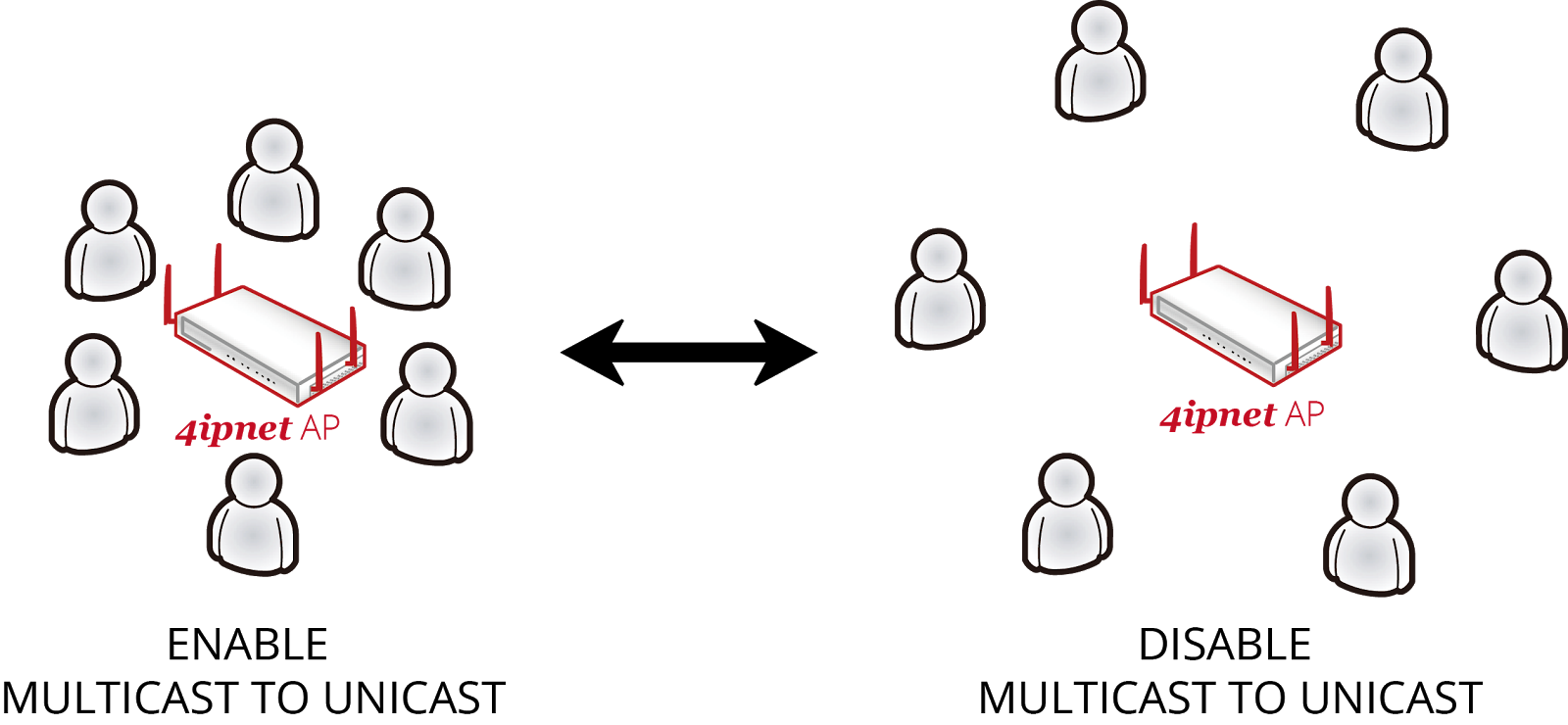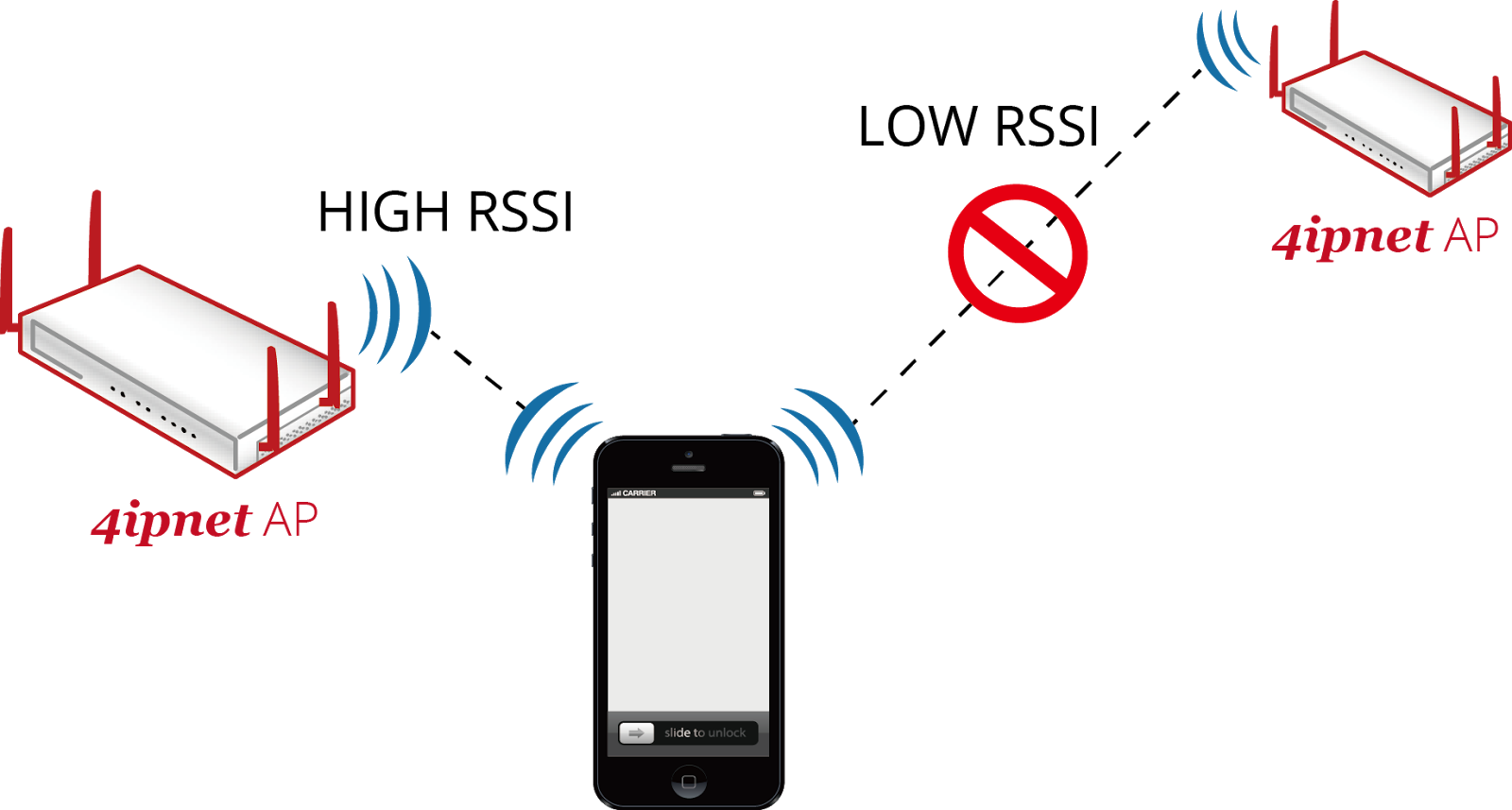4ipnet Wireless Access Point Optimization Part 6

Happy Chinese New Year! (It's the year of the horse by the way.) Today let's talk about proxy ARP and WPA2. PROXY ARP ARP (Address Resolution Protocol) is an essential protocol in networking (both wired and wireless) that resolves IP addresses to MAC addresses when data needs to be sent between two hosts. Whenever a host wishes to obtain the physical address (MAC) of another, it will broadcast an ARP request onto the network. On wireless networks this may sometimes be additional and unnecessary traffic that decreases overall network performance. 4ipnet access points address this issue by employing PROXY ARP to reduce the amount of ARP packets in the wireless medium, handling ARP requests itself instead of forwarding them onto the wireless medium when possible. As long as the AP’s own ARP table has a record of the address requested, it can respond on behalf of the actual host. As a result, the amount of ARP packets in the air diminishes and hosts learn MAC addresses mu...



